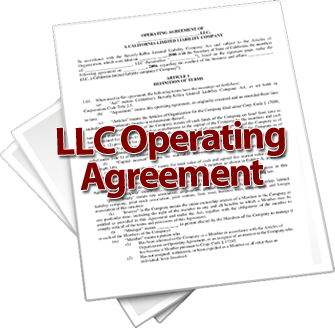A lot of people misunderstand or get confused when we talk about double taxation. The double tax commonly talked about only occurs in the context of a corporation or LLC taxed under Chapter C of the IRS Code. This is commonly called a C corporation. Please note that we are talking about taxation under Chapter C of the IRS Code, not a business structure such as a corporation or LLC.
The catch is that Chapter C makes the entity its own taxing entity. The entity files tax returns and pays taxes based on its taxable income. All of the other methods of taxation open to a company (Subchapter S, partnership, sole proprietorship) are pass-through type taxation. That means the entity itself doesn’t pay taxes. Tax on income is paid solely by the owners. The tax obligation passes through to the owners and they pay taxes on their prorated share of the profit or loss generated in the business structure. The entity has to file a tax return to show the IRS that the income or loss has passed through to the owners, but the entity doesn’t actually cut a check to the IRS. The owners cut their private checks and pay taxes. They receive a K(1) form under the Subchapter S tax method or the partnership taxation method, and they pay taxes based on the K(1).
Under Chapter C tax rules, the company calculates and pays its actual taxes. Of course, the employees also have to pay taxes on the income they get as wages from the Chapter C entity. The Chapter C entity gets a tax deduction for the wages it pays out to employees. So the company can get rid of its profit by paying wages. Wages are deducted as business expenses, so the company does not pay taxes on that money. However, those wages are subject to all of the employment/Social Security taxes. The company has to withhold that money from the employees and pay it to the government.
The only other way that an owner can get money out of the company in a Chapter C entity is to pay a dividend, thus sharing the profit with the owners of the company. But the company has to pay taxes on that profit before it is distributed. The company gets a deduction for wages, but it does not get a deduction for dividends paid. More or less, the company earns the money, pays the tax, then pays the dividend out of after tax money. The bad news is the person getting the dividend has to recognize it as income to him or her, and they also pay tax on the money they get as a payment.
Thus, there is a double tax. One tax at the entity/company level and a second tax at the personal level. Not good! If you were taxed as an S corporation and you paid out a dividend, that money would only be taxed once, at the personal level. The same would be true if you were an LLC paying out distributions and it is being taxed as a sole proprietorship or a partnership or an S corporation. Distributions or dividends are taxed twice ONLY when you chose to use a C corporation tax structure.
There are a few reasons why you might want a C corporation. Some benefit plans are only available to C corporations. Some investment funding can only go to C corporations. Only C corporations can list on the stock exchange. But for most small companies, the double taxation in a C corporation makes it a bad choice. It negatively affects your bottom line.
Read more about your tax options in these articles:
